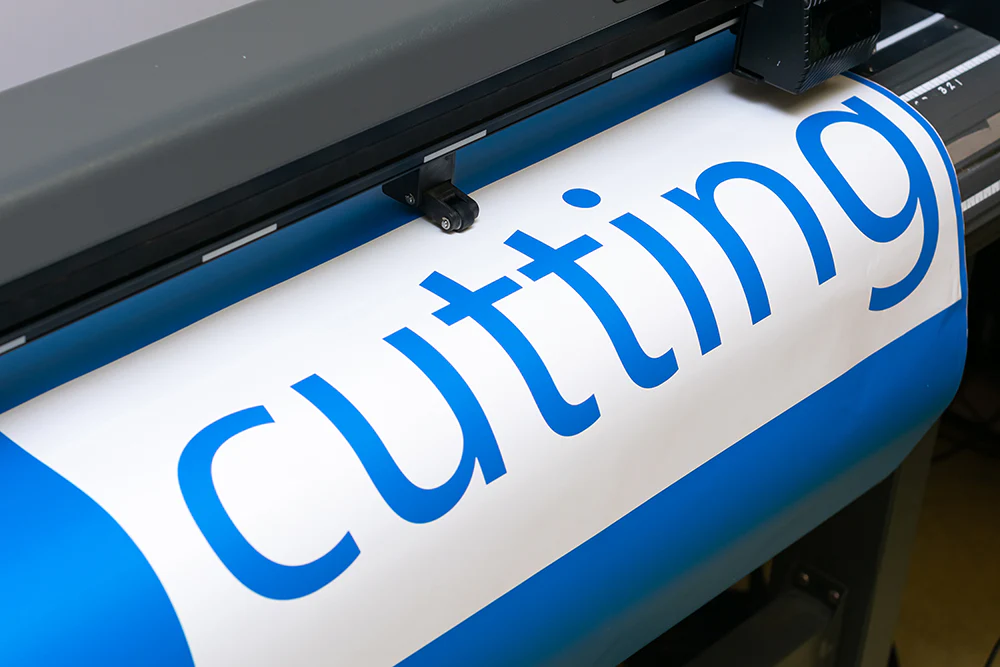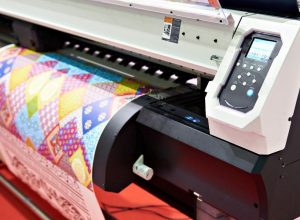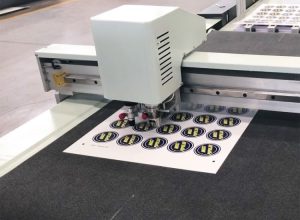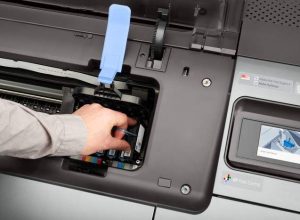Vinyl Cutting Plotters: A Must-Have Tool for Sign Making and Design
Vinyl cutting plotters have revolutionized the world of sign making and design, providing creative professionals with a versatile and efficient tool for producing high-quality graphics and lettering. These machines combine precision with ease of use, making them essential for anyone involved in the signage industry, from small businesses to large-scale manufacturers. In this article, we will explore the mechanisms, applications, advantages, and important considerations for those looking to invest in a vinyl cutting plotter.
Understanding Vinyl Cutting Plotters
A vinyl cutting plotter is a sophisticated device that employs a sharp blade to cut various materials, primarily vinyl, into precise shapes and designs. This technology finds its primary applications in sign making, custom decals, and other graphic applications requiring intricate designs. The entire process begins with a digital design created in graphic design software, such as Adobe Illustrator or CorelDRAW. This design is then translated into a format the plotter can understand through vectorization, which converts raster images into line art. This conversion allows the plotter to navigate the material using computer-controlled movements to cut the design with high accuracy and repeatability.
Mechanics of Vinyl Cutting
The operation of a vinyl cutting plotter can be likened to that of a traditional printer; however, instead of applying ink, it employs a sharp blade that removes material from a roll of vinyl. Understanding the key components involved in this mechanism is essential for optimizing performance and achieving desired cut results. Below are the fundamental components that contribute to the operation:
| Component | Description |
|---|---|
| Blade Holder | This component serves as the mount for the cutting blade, which can be adjusted for depth to achieve varying cut qualities dependent on the material thickness. For example, a deeper cut may be necessary for thick vinyl, while a lighter touch is optimal for thinner substrates like paper and film. |
| Cutting Head | The cutting head is the maneuverable part of the plotter, moving along the X and Y axes to navigate the required design across the vinyl material. Advanced models may include a motorized control system that optimizes the speed and accuracy of the blade’s movement, allowing for complex end designs. |
| Roll Feed System | This system facilitates the smooth movement of the vinyl through the plotter, providing continuous feeding of material. It typically includes tensioning wheels and rollers that ensure the vinyl remains taut and aligned throughout the cutting process, which is critical for maintaining precision, especially over longer lengths of material. |
| Control Panel | The control panel serves as the user interface where operators can input commands, adjust settings, and monitor the cutting process. Features such as LCD displays and touch controls have become standard, enabling easier adjustments and previews of designs before cutting. |
Applications of Vinyl Cutting Plotters
Vinyl cutting plotters are indispensable tools across various industries, including but not limited to:
- Sign Making: Creates custom signs, banners, and decals for businesses.
- Vehicle Graphics: Used for producing window stickers, vehicle wraps, and decals.
- Interior Design: Designs custom wall decals and vinyl flooring applications.
- Crafting: Popular among hobbyists for creating personalized items, greeting cards, and custom apparel.
Advantages of Using Vinyl Cutting Plotters
Investing in a vinyl cutting plotter offers numerous advantages:
| Advantage | Description |
|---|---|
| Precision Cutting | Ensures highly accurate cuts, enabling complex designs that are replicable. |
| Versatile Material Compatibility | Can cut a wide range of materials such as vinyl, cardstock, paper, and more. |
| Efficiency | Saves time by automating the cutting process, allowing for higher production rates. |
| Cuts Costs | Reduces the need for outsourcing projects, enabling businesses to handle their production in-house. |
Key Considerations When Choosing a Vinyl Cutting Plotter
Before making a purchase, there are essential factors to consider to ensure the plotter meets your specific needs:
- Cutting Width: Choose a model that accommodates the size of the materials you plan to use.
- Blade Type: Ensure the plotter is compatible with various blade types for different materials.
- Speed and Pressure Settings: Look for adjustable settings to enhance cutting operations based on material thickness.
- Software Compatibility: Verify that the plotter is compatible with the graphic design software you intend to use.
- Customer Support: Buy from manufacturers that provide reliable customer support and resources for troubleshooting.
Conclusion
Vinyl cutting plotters are indispensable tools in the world of sign making and design. Their advanced technology allows for precision cutting that caters to a broad spectrum of applications. By understanding the mechanics, advantages, and considerations of these devices, users can effectively leverage them to enhance creativity and efficiency in their projects. As such, investing in a vinyl cutting plotter is not just a choice but a pivotal step towards elevating your sign-making capabilities.




